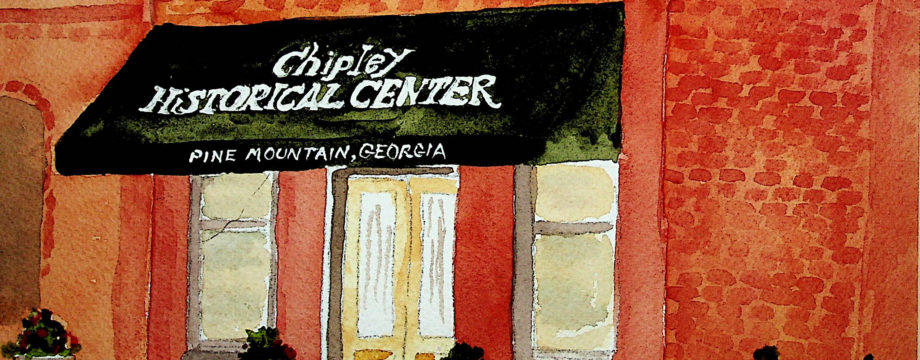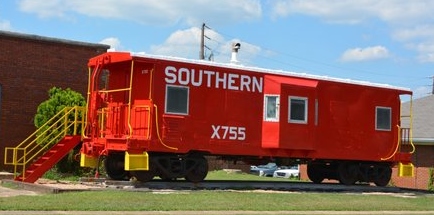The crew monitoring the train sits in the middle of the caboose in a section of wall that projects from the side of the caboose to resemble bay windows.
This afforded a better view of the side of the train. The bay window type gained favor with many railroads because it eliminated the need for additional clearances in tunnels and overpasses.
The seat is arranged so that the Conductor can brace himself to protect himself form slack run in & out.
Until the 1980s, laws required that all freight trains have a caboose and a full crew, for safety. Technology eventually advanced such that the railroads, in an effort to save money and reduce crewmembers, stated that a caboose was unnecessary, since there were improved bearings and track side detectors to detect HOT BOXES and Dragging Equipment. The railroads also claimed that a caboose was a dangerous place, as slack run-ins could hurl the crew from their places and dislodge weighty equipment. The caboose was replaced with EOTD (End-of-Train Device). Cabooses were no longer needed. The EOTD radioed info to the locomotive.



